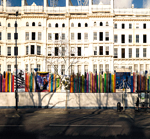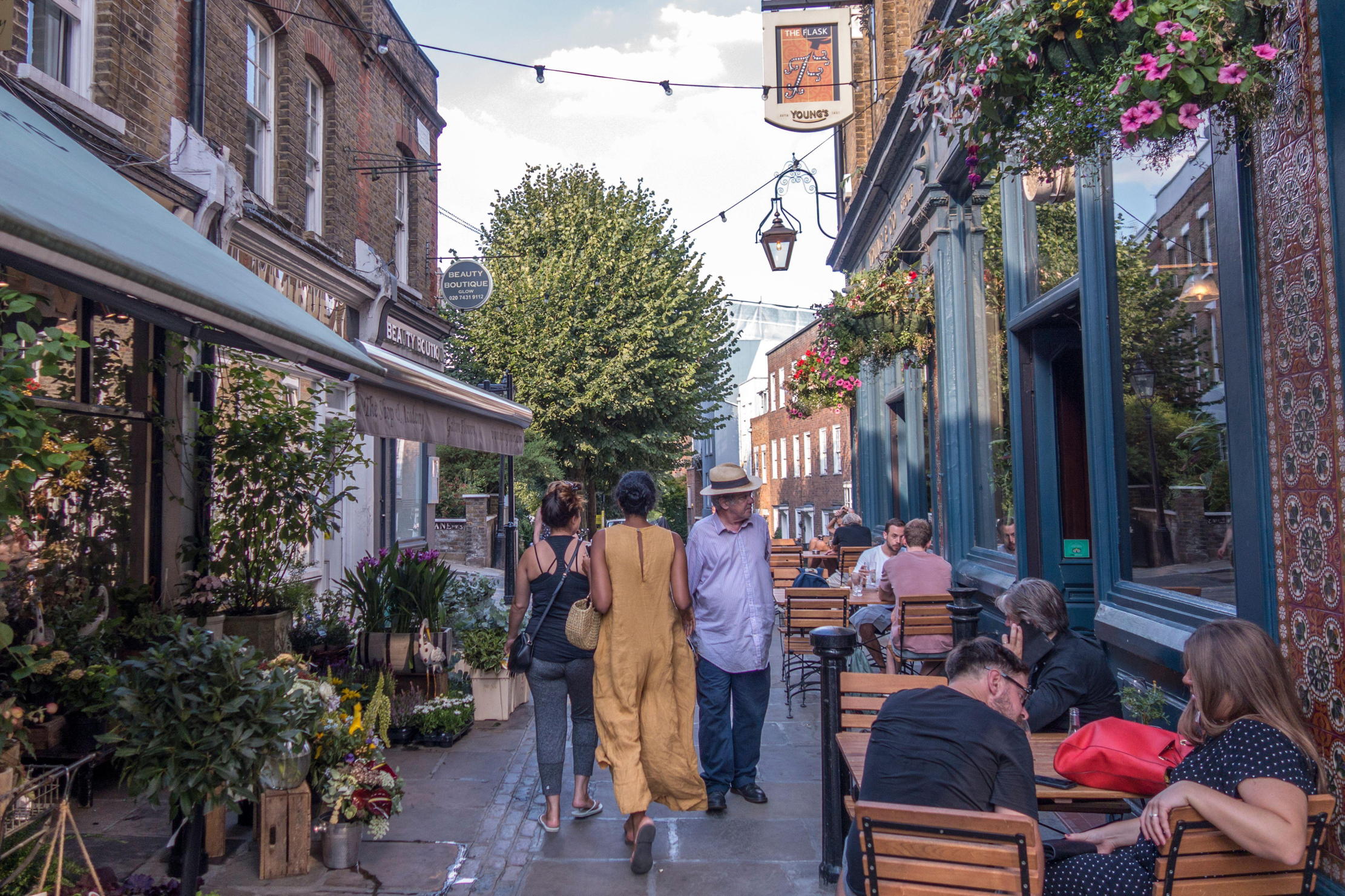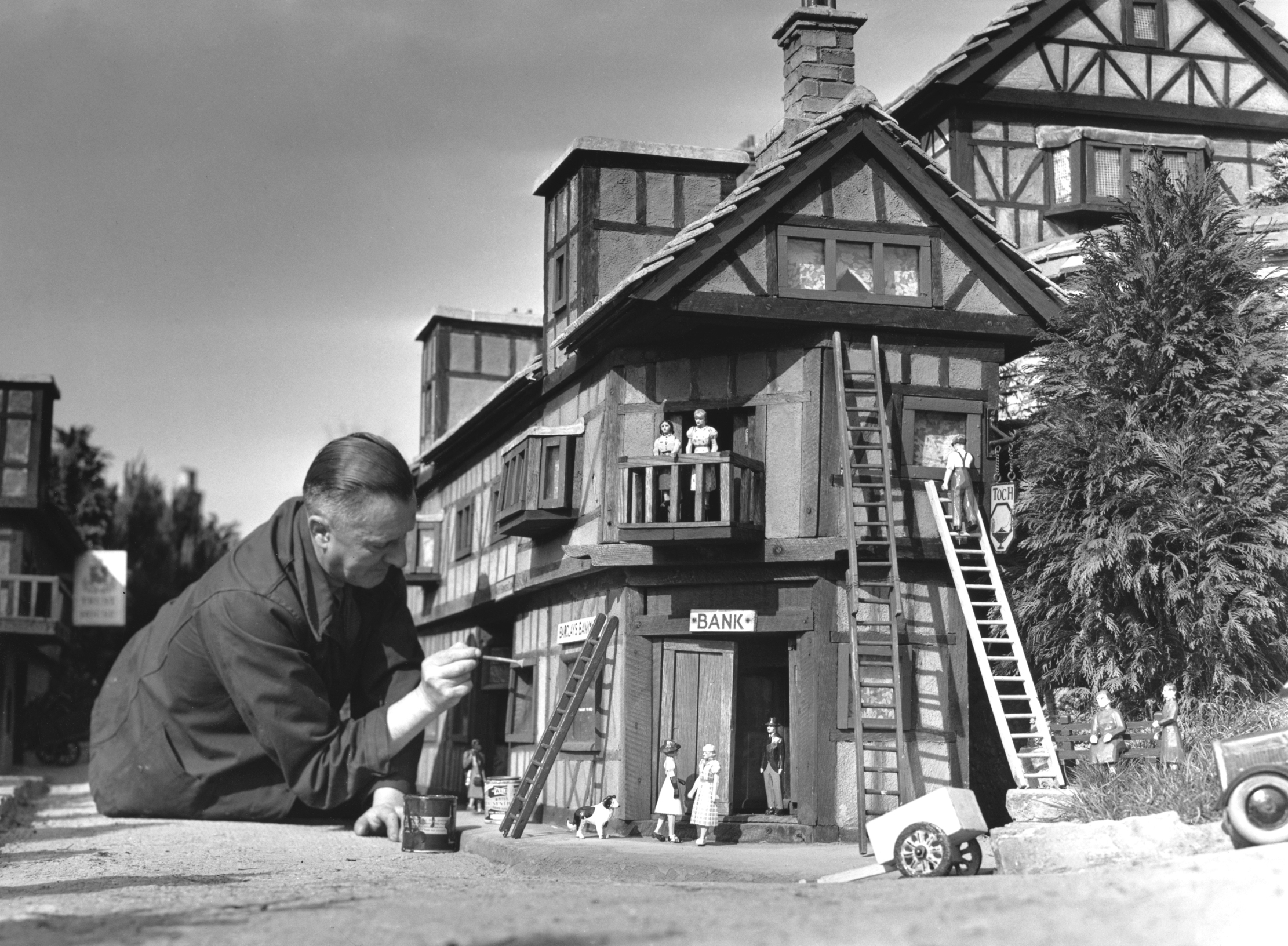Retaining period façades
Arabella Youens looks at an expensive project in London to build modern apartments while retaining the period façade


Anyone driving down London’s Bayswater Road in the past year will have noticed an eye-catching boarding taking up the length of the block between Leinster Terrace and Lancaster Gate. Behind this screening lies one of the most complex engineering exercises ever undertaken in the capital. After almost 11 months of work, the entire façade of The Lancasters, a 407ft-long terrace (the equivalent of 15 Routemaster buses end to end) of French Renaissance-style ambassadorial residences, now hangs on its own, retained by 500 tons of steel supports.
The terrace, which was built between 1856 and 1865, was bought by the developer, Northacre, from the Thistle Hotel group in 2006. The company has made a name for itself by reviving neglected period buildings in central London.
The 1970s conversion work, which knocked together the houses and gave London its longest hotel corridor (considered something of an architectural achievement at the time) had ‘butchered’ the interiors beyond repair. John Hunter, CEO of Northacre, says: ‘It was grossly inefficient and relied on a bastardised structure that had been altered several times from the original. So we went back to English Heritage and the local council with another plan.’
Instead of essentially doing a refurbishment in situ, the team is replacing and renewing the interior. Today, the cathedral-like cavity is open to the elements, but, in time, there will be 77 apartments, of various sizes, the larger of which will have 12 windows across, all looking out over Hyde Park. ‘We’re going to great lengths to return the building to its original form. All the party walls are being reinstated, as well as fireplaces,’ says Mr Hunter.
The Lancasters stand in marked contrast to boldly contemporary, Richard Rogers designed towers currently taking shape on the southern side of the park. True, few lament the fact that One Hyde Park replaces the architectural eyesore that was Bowater House, but the design is a marked departure from anything that Knightsbridge had seen before. From the pavement perspective, The Lancasters will resemble many other mid-19th-century London terraces.
The painstaking work has forced those involved to debate the point of façade retention. ‘The Lancasters is listed, so we had no choice, but it’s not a striking example of period architecture, so you have to ask yourself whether it’s worth keeping,’ says Mr Hunter.
But just as there’s a large proportion of COUNTRY LIFE readers whose bucolic idyll is a Georgian farmhouse or old rectory, there’s a wide international market keen to own a piece of London’s past. The stumbling block for that market is a desire to marry a period building to a modern reality.
Sign up for the Country Life Newsletter
Exquisite houses, the beauty of Nature, and how to get the most from your life, straight to your inbox.
This is where The Lancasters hopes to strike gold. ‘Bayswater is so hit and miss, but I’d say the only good thing about the market there is The Lancasters,’ says Cliff Gardiner at The Buying Solution. ‘If the terrace was replaced by a glass box, that stretch would more likely go down than up. A gem like The Lancasters has what rich clients want: lifts, a concierge and parking, as well as the tall ceilings and grandeur of a period building.’
However, a question mark remains over the location. ‘Now that the market is going down, peripheral areas such as Bayswater, Marylebone and Pimlico are the first to suffer,’ warns Mr Gardiner. Some flats have already sold off-plan, but further sales aren’t anticipated to commence until early 2010 (020–7349 8000; www.northacre.co.uk).
Do you think there’s any point in retaining period façades? Vote in our online poll at www.countrylife.co.uk
-
 A day walking up and down the UK's most expensive street
A day walking up and down the UK's most expensive streetWinnington Road in Hampstead has an average house price of £11.9 million. But what's it really like?
By Lotte Brundle
-
 Life in miniature: the enduring charm of the model village
Life in miniature: the enduring charm of the model villageWhat is it about these small slices of arcadia that keep us so fascinated?
By Kirsten Tambling